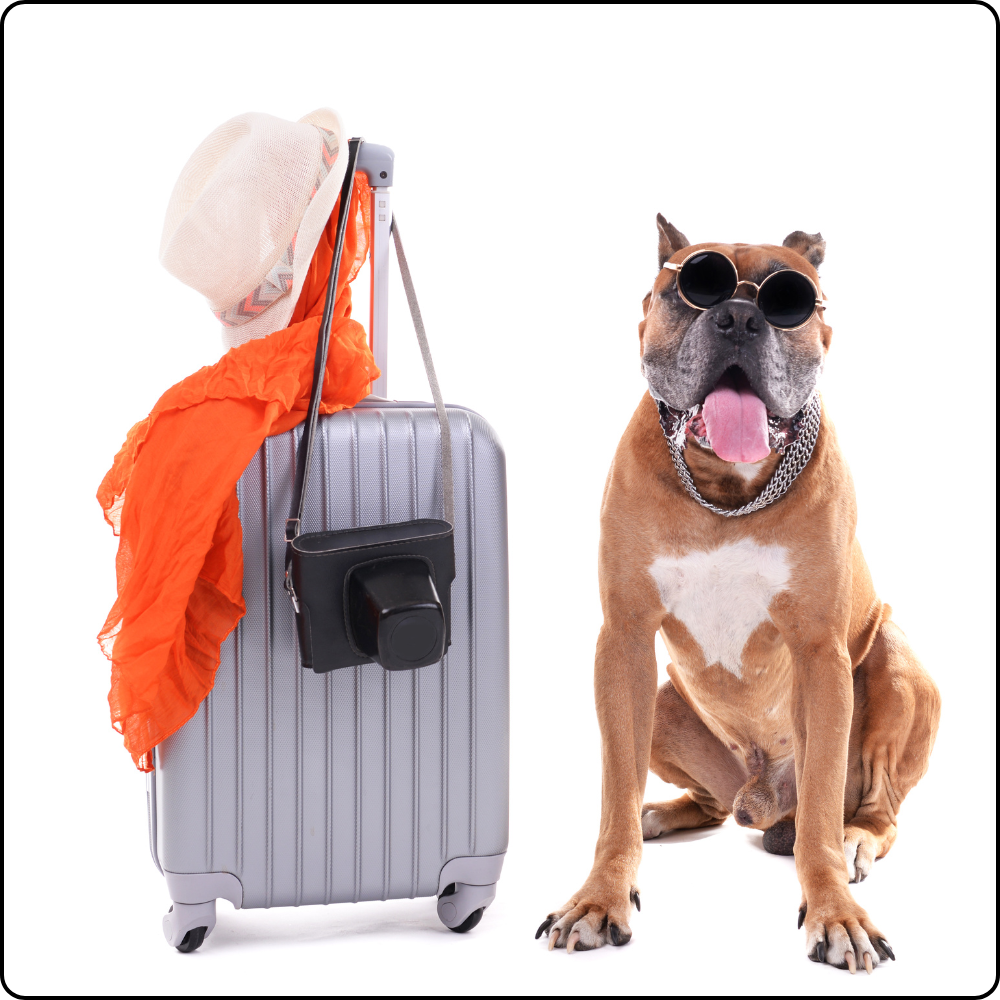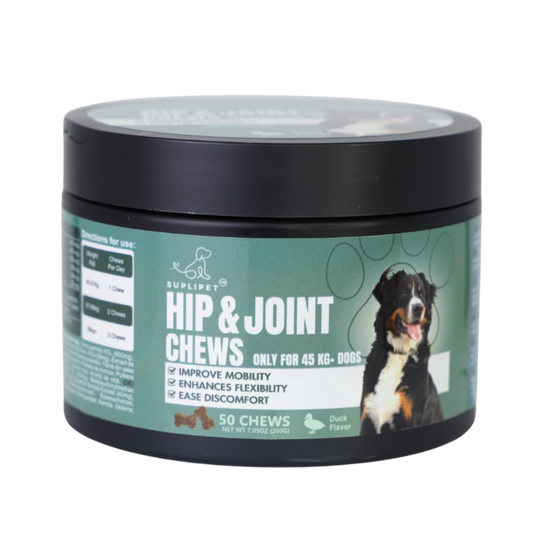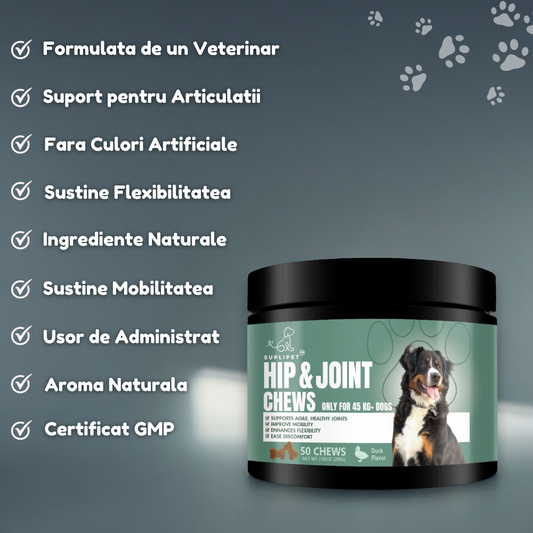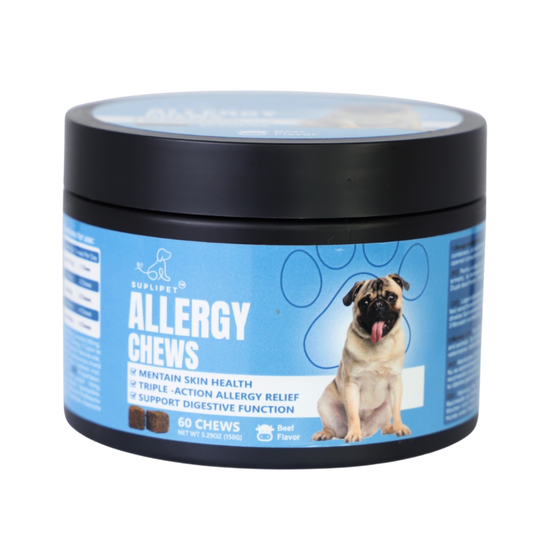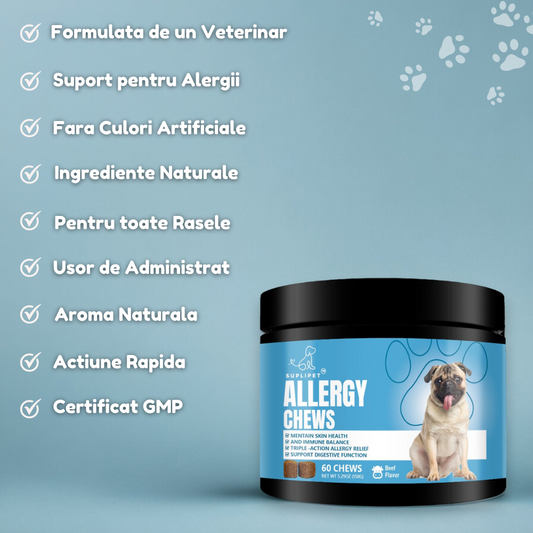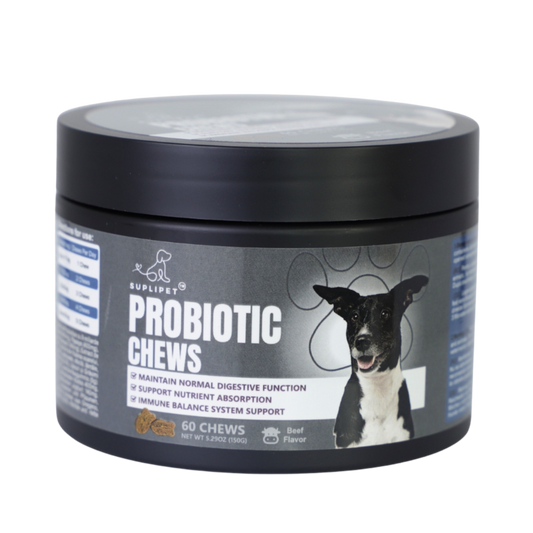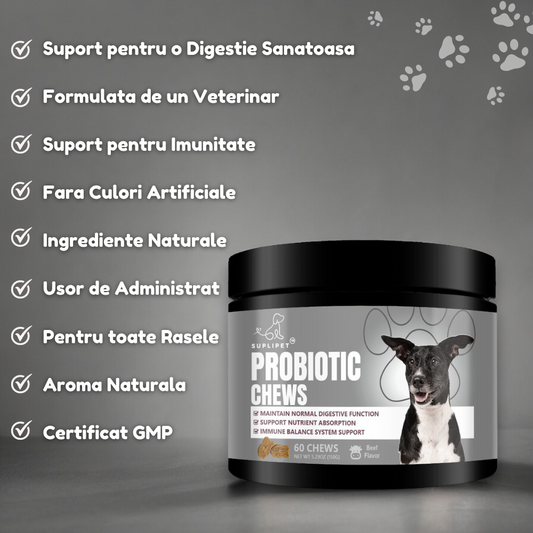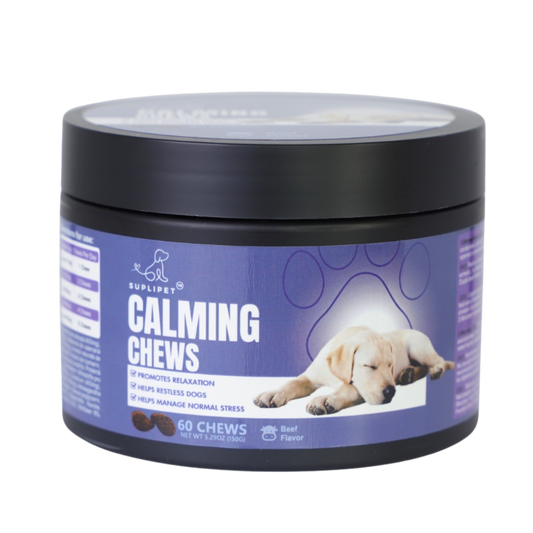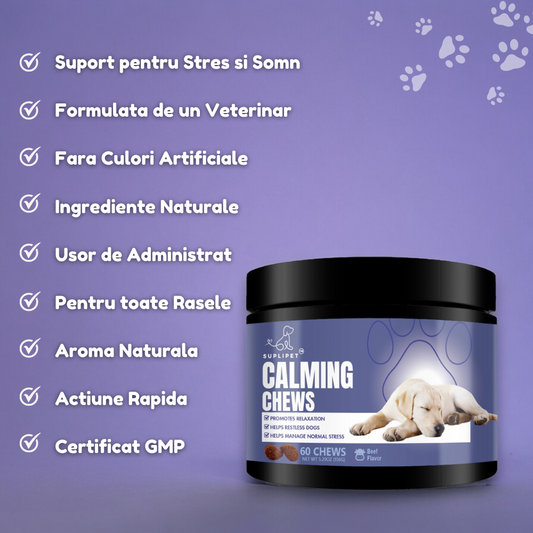Traveling with your dog can be a lovely experience, but it takes careful planning and preparation to ensure a pleasant trip. Whether you're driving or flying to a distant location, these recommendations will help you and your pet have a good time. In addition, we will look at various vitamins that can help your dog travel more comfortably.
Preparing for the trip
Before going on your voyage, it is critical to prepare thoroughly. Making sure that you and your dog are both prepared for the trip will help to avoid many potential problems and make the experience more enjoyable. Here are some procedures to guarantee that your journey runs smoothly:
Visit the vet.
Schedule a veterinarian visit to verify that your dog is healthy and up to date on vaccines. If your travel destination requires a health certificate, obtain one. Your veterinarian can also advise you on travel safety, potential health hazards, and any necessary medications. It's also a good idea to talk about any behavioral issues or anxieties your dog may have about traveling.
Update Identification
Update your dog's ID tags with your current contact information. Microchipping is also advised since it gives a permanent method of identification. This is especially critical if your dog gets lost while traveling. Make sure you register the microchip and update the contact information.
Packing Essentials
Pack all necessary supplies, such as food, water, bowls, a leash, a collar, waste bags, toys, and a first-aid kit. Do not forget any meds your dog may require. If your journey is going to be longer, include grooming items like brushes and nail clippers. A travel checklist might help you avoid forgetting any important goods.
Comfort Items
Bring familiar items, such as your dog's bed, blanket, or favorite toy, to help him relax and lessen anxiety when traveling. Familiar scents might help your dog relax in unexpected surroundings. To create relaxation in the travel environment, consider employing a pheromone spray or diffuser.

Traveling by car
When traveling by car with your dog, it's important to take some precautions to ensure their safety and comfort. Here are some suggestions to make the ride enjoyable for both of you.
Safety first.
Use a well-ventilated kennel or a dog seatbelt harness to keep your dog safe. Never let your dog roam freely in the car since this might be dangerous for both of you. The crate should be spacious enough to allow your dog to stand, turn around, and lie down comfortably. Ensure that it is securely fastened so that it does not move while driving.
Frequent Breaks
Schedule regular stops for toilet breaks, exercise, and water. This helps to reduce restlessness and discomfort. Aim to stop every two to three hours to allow your dog to stretch and relieve itself. Find pet-friendly rest spots or parks along your journey.
Avoid car sickness.
To reduce the danger of vehicle sickness, don't feed your dog a substantial meal just before the trip. If your dog is prone to motion sickness, contact your veterinarian about anti-nausea medicine. Providing fresh air by slightly opening a window might also assist with nausea. Also, minimize quick stops and starts and make the trip as smooth as possible.
Climate Control
Make sure the automobile is well-ventilated and the temperature is comfortable. Never leave your dog alone in a parked car, particularly in hot weather. Even on a moderate day, temperatures inside a car can quickly climb, placing your dog at risk of heat stroke. Sunshades on the windows can help keep the automobile cool, and drinks should always be available.

Traveling by airplane
Flying with a dog requires additional preparation and research. Here are some tips for a smooth flight:
Check airline policies.
Each airline has its own policy on pet travel. Check the carrier and documentation requirements, as well as any pet travel restrictions. Some airlines allow tiny dogs to fly in the cabin, while others require that pets be transported in the cargo hold. Many airlines have limited room for pets, so plan your pet's journey well in advance.
Choose the Right Carrier.
Ensure that your dog's carrier fulfills airline criteria and is comfy. It should be well-ventilated and spacious enough for your dog to stand, turn around, and lie down. To prepare your dog for the trip, introduce them to the carrier ahead of time. Create a comfortable setting by bringing familiar bedding and toys inside.
Acclimate your dog.
Get your dog used to the carrier before the flight. Allow them to spend time in their carrier at home, creating a good and comfortable environment. Gradually increase your dog's time in the carrier, and make small journeys to let them adjust to the motion and confinement.
Direct flights
When feasible, schedule direct flights to avoid the hassle of layovers and transfers. Flights in the early morning or late evening are usually less busy and less stressful for dogs. Avoid flying during severe weather conditions because temperature variations can harm your dog's comfort.
Hydration & Comfort
Make sure your dog is properly hydrated before the travel. To reduce the risk of nausea, avoid serving a substantial meal shortly before the journey. Bring a travel bowl and a modest supply of water. Some carriers offer attachable water bottles, which can be useful throughout the flight. Check with the airline about providing your pet with a little amount of water during the flight.
Supplements for a Comfortable Journey
Certain supplements can help your dog travel more comfortably by lowering anxiety and preventing motion sickness. Here are some choices to consider:
L-Theanine
This amino acid can help you relax without producing sleepiness. It is beneficial for dogs who experience anxiety while traveling. Green tea contains L-Theanine, which can help reduce stress-related behaviors and make your pet's travel more comfortable.
Ginger
Ginger is a natural treatment for motion sickness. It can assist in calming your dog's tummy and avoid sickness. You can feed your dog ginger treats or consult your veterinarian about ginger supplements. Ginger works well for dogs who are prone to vehicle sickness and can make travel more comfortable.
Melatonin
Melatonin pills can aid with anxiety and encourage peaceful sleep during long flights. Consult your veterinarian about the proper dosage for your dog. Melatonin can be especially beneficial for overnight trips or long flights, allowing your dog to relax and sleep.
Probiotics
Traveling can upset your dog's digestive system. Probiotics can help you maintain a healthy gut and avoid stomach difficulties when traveling. They promote the growth of healthy bacteria in the intestines, which is especially helpful if your dog's routine and food are disrupted during the journey.
Anti-anxiety supplements
There are several anti-anxiety supplements available that contain natural substances such as chamomile, valerian root, and passionflower. These can help keep your dog quiet throughout travel. These natural medicines will make your dog feel less anxious and more secure on the ride.
We recommend you use supplements from www.suplipet.shop

Tips for a Smooth Journey
Here are some more ideas for a smooth and fun journey with your dog:
Exercise Before Travel
Make sure your dog gets enough exercise before the trip. A fatigued dog is more inclined to rest and sleep when traveling. Take your dog for a lengthy walk or a strenuous play session before you leave. This will allow them to spend more energy and make them more prone to relax during the ride.
Maintain Routine.
Try to maintain your dog's schedule as regular as possible. Feed them at their usual times and take regular potty breaks. Maintaining a routine can help your dog feel less stressed and anxious.
Keep Calm
Your dog can pick up on your feelings. Stay calm and positive to make your dog feel more safe and relaxed. If you are stressed, your dog may also get anxious. Speak in a soothing tone and offer reassurance throughout the travel.
Comfortable Space
Create a pleasant and familiar environment for your dog in the car or carrier. Use their bed, blanket, or favorite toy to make them feel comfortable. Familiar goods can help alleviate anxiety and make the trip experience more pleasant.
Hydration and Snack
Keep your dog hydrated and pack some of their favorite snacks for the trip. This helps them stay comfy and avoid hunger. Offer water at regular intervals and light, easy-to-digest foods.
Plan for emergencies.
Prepare a plan in case of an emergency. Understand the location of veterinary clinics on your journey or at your destination. Keep a duplicate of your dog's medical records nearby. It's also a good idea to keep a pet first-aid kit and any essential drugs readily available.
Accommodations
If you are staying at a hotel, be sure it is pet-friendly. Call ahead to confirm the pet policy and any additional fees. Bring along a portable box or bed to help your dog feel at ease in unfamiliar circumstances.
Socialization and Training
If your dog is new to traveling, begin with short outings to let them become used to the car or carrier. Gradually extend the duration of these trips while rewarding your dog for calm conduct. Basic obedience training can also help ensure that your dog responds to directions and behaves appropriately while traveling.
Conclusion
Traveling with your dog can be a wonderful experience if properly planned and prepared. By following these suggestions and considering supplements to alleviate anxiety and motion sickness, you may ensure a pleasant journey for both you and your pet. Remember, a well-planned trip results in wonderful memories and fun adventures with your dog. Travel may be a rewarding experience for both you and your canine partner if you plan ahead of time, pay attention to your dog's requirements, and stay cheerful. Embrace the opportunity to explore new locations together and make unforgettable memories on the road or in the air.
-
Regular price$20.00Regular price
$24.00Sale price$20.00 Save $4.00 (16%)Unit priceperHip & Joint Chews 45kg+ Dogs
-
Regular price$24.00Regular priceSale price$24.00 Save $-24.00 (%)Unit priceper
Allergy Chews Dogs
-
Regular price$18.00Regular price
$24.00Sale price$18.00 Save $6.00 (25%)Unit priceperProbiotic Chews Dogs
-
Regular price$18.00Regular price
$22.00Sale price$18.00 Save $4.00 (18%)Unit priceperCalming Chews Dogs

